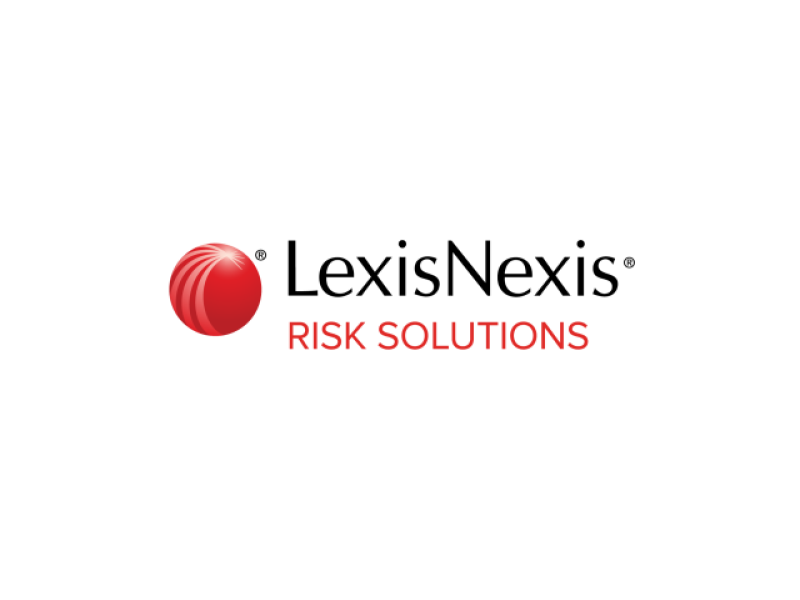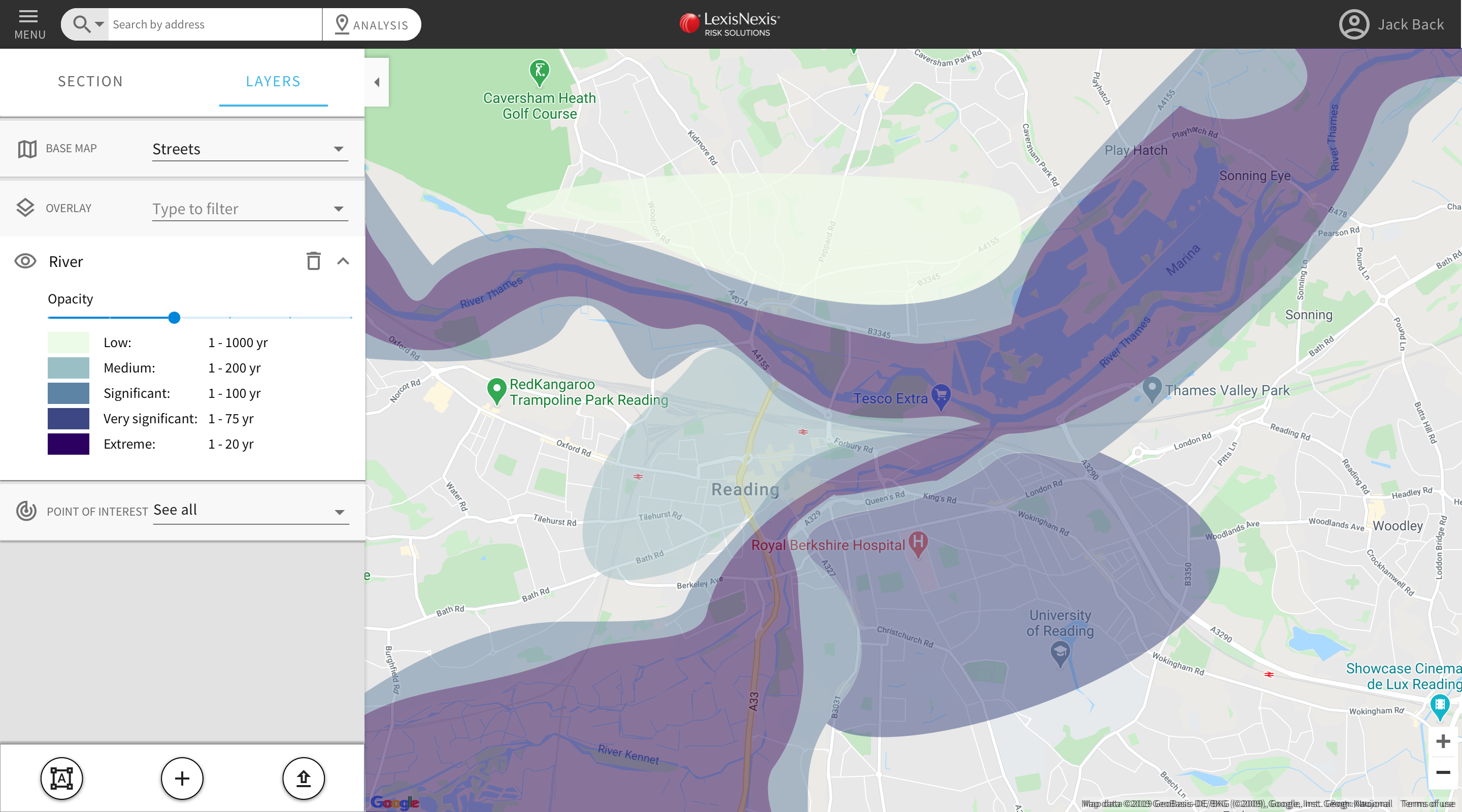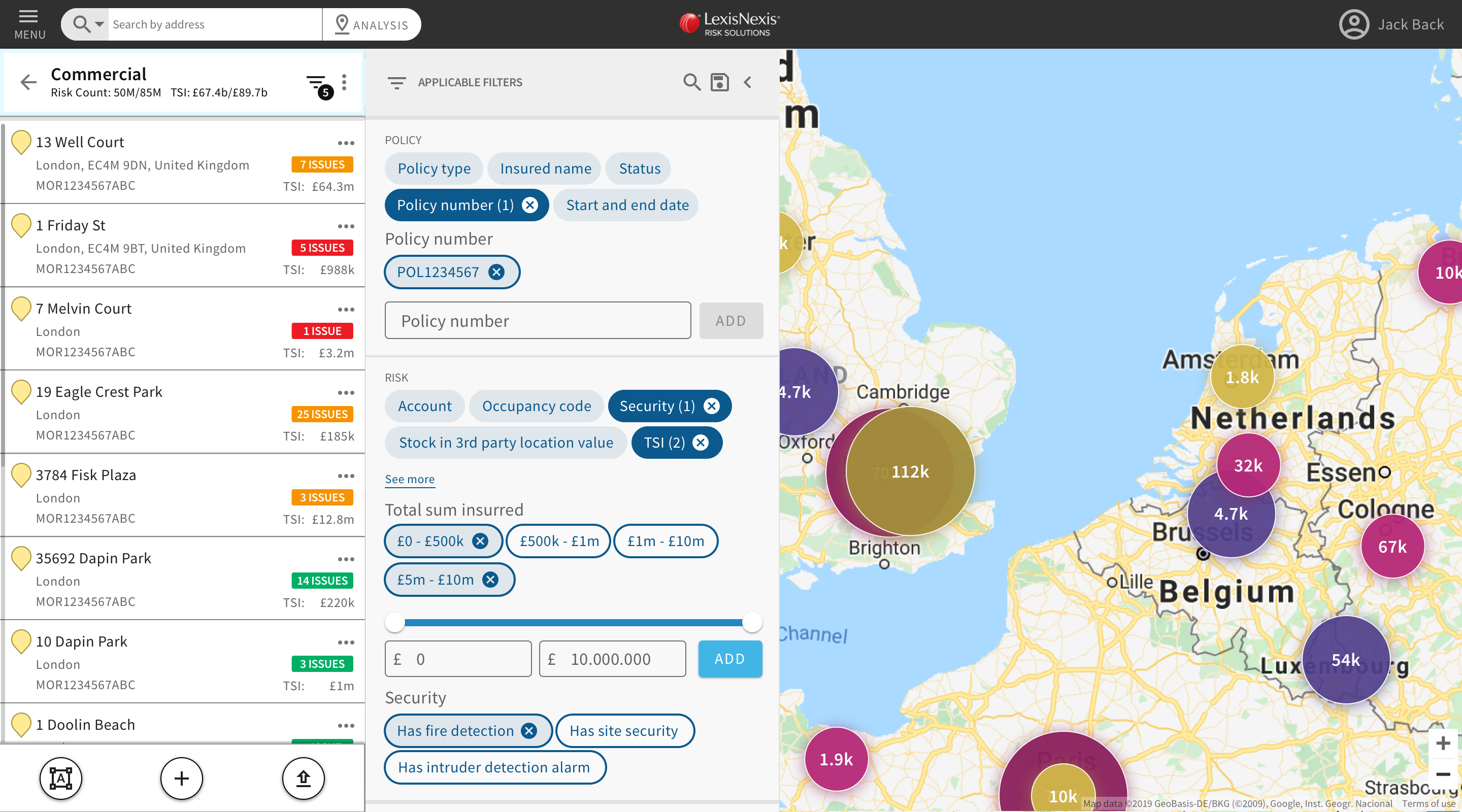Project Info :
- Client :
- Lexis Nexis Risk
- Category :
- UX/ UI design
- Field :
- Insurance
- Website : Map view global

LexisNexis Risk Solutions is a global data and analytics company that provides data and technology services, analytics, predictive insights and fraud prevention for a wide range of industries. The company’s customers include businesses within the insurance, financial services, healthcare and corporate sectors as well as the local, state and federal government, law enforcement and public safety. LexisNexis Risk Solutions operates within the Risk & Business Analytics market segment of RELX, a multinational information and analytics company based in London.

LexisNexis Map View for property insurers allows companies to more accurately assess and price risk, and manage exposure by providing visualisation of key risk data, valuable insights into property-level risks and overall portfolio exposure to perils and accumulations. Currently offers over 40 risk datasets, which can be used to understand perils right down to the precision of the building outline – seeing a 50% reduction in flood exposure and 8% improvement in new business targeting.


My task as Lead UX designer was to manage all the Design related tasks. Presented to the PO and the development team and tested it with Usability testing. This project included the creation of brand guidelines for the new User Interface, definition of the information architecture and prioritization of the data to display to the users. In my day to day my responsibilities were:
- Contribute to the overall strategy and decision-making about features.
- Drive continual progress towards a cohesive, delightful experience for a technical audience through iterative improvements.
- Have the autonomy to facilitate conversations, identify problems, arrive at solutions, and execute designs.
- Pull together insights to propose a variety of solutions, then collaborate with product and engineering to determine the best solutions to problems.
- Use prototyping and usability testing to inform and validate designs.
- Collaborate directly with customers to inform strategy and design decisions
- Collaborate directly with customers to inform strategy and design decisions
- Create and maintain the Design System for the new platform.
 Luis Landi
Luis Landi